SEO just comes down to links, content, keywords, and a little mobile, right?
At any given moment, one of those four things is being touted as the #1 SEO ranking factor.
Maybe it’s right. Maybe it’s wrong.
I do know that 70-80% of users are ignoring paid ads. So it’s never been more important to double down on your organic results.
But the moral is that SEO is complicated.
However, there is one underlying principle you should stick to.
There is still one golden rule to follow, despite all of the algorithm changes and updates over the past decade.
Get it right, and you’ll thrive no matter which tactics pop up or how SEO changes in the future.
Get it wrong, and there might not be a way to recover.
Google has one goal and one goal only.
They want to give people the best results possible.
That means these results need to give people exactly what they are looking for when they are looking for it.
And today that’s called “Searcher Task Accomplishment.”
It’s still the same principle that’s been around since Google popped up.
But SEOs lost the way some years ago.
We started chasing shortcuts and algorithms instead of sticking to the basic principles.
It’s time to get back to the fundamentals. It’s time to return to what made us successful in the first place.
Not doorway pages or link farms or keyword stuffing.
Instead, figuring out what people want and doing our best to help them get it.
I’m going to explain exactly how you can start doing this on your own site to spring ahead of the competition.
But first, you need to understand what “Searcher Task Accomplishment” is and how it works.
It all starts with Google’s Knowledge Graph
To properly explain Searcher Task Accomplishment, I have to take you back in time to the year 2012.
London was hosting the Olympics. We landed a rover on Mars.
And Google released its Knowledge Graph — the largest attempted warehouse of knowledge in human history.
When people search for any given question, keyword, or phrase, Google pulls from the Knowledge Graph to respond accordingly.
So you typically see the results of that search in a little box on the right-hand side of a SERP.
Google is always improving its algorithm to align searches with the intent of the searcher.
Google makes 500-600 minor changes every year to improve the Knowledge Graph and about one major change every year or so.
Each major change affects the way that Google indexes your content.
For example, the newest Google algorithm update (rumored to be Fred) will put a heavy focus on mobile sites and mobile-friendly content.
So if you really wanted to rank, you would make your site mobile friendly.
But the ultimate reason you’re doing it — the reason Google is making the updates — is that the user is making changes to how they browse content.
People start searching more frequently on mobile devices.
Then Google updates the algorithm to favor mobile search. As a result, websites need to start updating to become mobile-friendly.
And so on and so forth.
If sites want to rank, they simply have to do what the algorithm wants them to do.
Using keywords, making a site mobile-friendly, and populating it with content is just the beginning.
The problem is quality. Or the lack of it in some cases.
How do you know a site that’s ranked #1 is actually giving the best information?
Searchers will get relevant content if you’re an SEO pro, sure.
But at the end of the day, your content is designed to rank.
Only the searcher actually knows if it’s useful or not.
Take this quick Google search, for example:
At a quick glance, the content is relevant. But who knows if it’s going to help me rank.
Google is trying to build the world’s largest and best database, remember?
Google doesn’t like SEO for SEO’s sake.
And that’s where “Searcher Task Accomplishment” comes into this.
How Google uses “Searcher Task Accomplishment” to rank sites
Google reads user behavior every time you search.
They know how long you’ve stayed on a page, what pages you go to once you leave, what you click, and when you click it.
The only thing they don’t really know is why you do any of those things.
Why did you click away from a page that was seemingly relevant?
That’s what Google is trying to figure out with Searcher Task Accomplishment. They’re trying to uncover the motivations behind why people do what they do.
Why did you stay for ten minutes on a single page? Or why did you bounce, hitting the back button after only three seconds?
Google is going to reward results that help give people exactly what they want.
For example, here are three tips on what Google ideally wants to see from your site.
Tip #1. Does your site help the searcher accomplish their task?
If I searched for “how to change a tire,” I want to literally see exactly how I can change a tire.
I don’t want an infographic, no matter how beautiful. It’s of no use to me when I’m stranded on the side of the road! (This is also one of the many reasons I don’t drive.)
Google wants quick results, so they’re going to list the most relevant information first.
Here’s a perfect example:
But Google’s also going to favor content that addresses my needs.
In this hypothetical scenario, I want step-by-step instructions.
I want to know exactly what to do first, second, and third. I want to get back on the road ASAP.
Tip #2. Does your site discover additional needs and fix them?
Google prefers results that go above and beyond addressing the initial task.
If I scroll down a bit from my initial “how to change a tire” search, I get related results:
I start to see things like “how to change a flat tire.”
Eventually, I see things like tire repair companies, too:
Then, there are suggestions for figuring out whether my tire is actually flat or not:
All of these results are giving me more information than I asked for originally.
Google is thinking ahead for me. They’re determining all of the angles and pulling in related information to help solve my problem.
They then reward results that replicate this experience for users.
Tip #3. Does your site lead to more actions and engagement?
Google will see which links I click onto pick up clues.
For example, if I already know my tire is flat and avoid clicking on those results, Google will then know my tire is flat as well.
They will evaluate my search habits from that point. And they will keep suggesting new content until the task is accomplished.
How the Searcher Task Accomplishment path works
In a video and accompanying article, Moz explains the Searcher Task Accomplishment path looks something like this:
- Expression of Need: A user types a search query into Google.
- Underlying Goals: Google ascertains what the underlying motivation is (yes, Google can do that).
- Evaluation of Results: Google determines which content produces the answers that meet the underlying goals.
- Selection: The searcher chooses results by scanning titles and descriptions.
- Evaluation of Task Completion: The searcher scans the content. Google tracks the time spent on page, links clicked from the page, etc.
- Discovery of Additional Needs: Searcher will either quit the search or go to search again. Google takes note.
So if you want to make sure that your content appears in the SERPs for searchers to consider, you can’t just perform all the basic SEO functions.
You also have to make sure that your content solves the searcher’s need.
Your content has to help people answer their questions.
Let’s go back to my earlier example to show you how this works.
I’m looking to change a tire. I might click on something like this video below:
So far so good, right? It looks exactly like the kind of thing that can help me right now.
Here’s what the video looks like after clicking:
Perfect!
A how-to video that shows me how to change a tire with simple steps.
You can see that the production values aren’t necessarily amazing or fancy. This result is also from way back in 2007.
However, it solves my problem the best.
It gives me exactly what I need when stranded on the side of the road. So now I can fix that problem ASAP.
How to create content to satisfy Google’s Searcher Task Accomplishment path
Chances are, you’re already on the right path. You’re already creating amazing content.
You just need to tweak it a little bit based on what’s happening here.
You need to be aware of the greater context around a search so you can update your content to better reflect this new reality.
Here are a few steps you can use to take advantage of the Searcher Task Accomplishment path:
Step #1. Create long-form content with embedded YouTube videos.
If your content solves a “how-to” question, you’re in luck.
Google reports that YouTube’s “how-to” searches increase by 70% year over year. Traditional search results for “how-to” content are on the rise as well.
YouTube is the second largest search engine next to Google for a reason.
It’s often better to visually show someone how to do something.
Think back to our tire-changing example.
Text-only content isn’t ideal. A video that can show someone how to do it is infinitely more helpful.
That’s why visually-stunning content is always the best addition.
Your post should have all of the regular SEO stuff, of course:
- Content around 3,000 words
- Sections that are easy-to-read on mobile
- Relevant links and ability to get backlinks
- Targeted keywords
But inserting videos can help answer someone’s question better. And keep them on the site longer, too.
Step #2. Create a series of related posts.
Google is always looking for content that will be more relevant to a search query.
That’s especially true if a user doesn’t find what they’re looking for the first time.
So if you’re going to create a post on one topic, be sure to plan out several follow-ups.
These are often all long-tail keywords that are closely related to the first subject.
For example, take a look at how closely related all of these topics are:
- How to Choose a Topic for Your Blog
- Choosing the Perfect Domain for Your Blog
- The Best Hosts to Use for a New Blog
- Why WordPress is the Most Used Content Management System for Blogs
- How to Write Great Blog Posts Every Time
- Crafting Blog Post Titles that Drive People to Click
- Optimizing Your Blog Posts for Google SEO
Each post targets different points of the same process.
If someone’s looking for information on “how to create a blog,” they’re going to need follow-up posts that cover each additional step.
Then you can easily use internal links to tie all of this content together.
Internal links create a “web” of content around similar subjects on your site. But they also help give readers the additional relevant content when they need it.
Step #3. Now start adding value for the searcher.
Our goal isn’t to just get content to “rank well.”
It’s not about keyword stuffing or running through your basic SEO checklist before hitting “Publish.”
That’s the opposite of what this post is about.
In the final step, you want to use SEO tools that deliver on the ultimate goal: answering a query.
Let’s take the most basic query there is, “how to tie a shoe.”
On the first SERP page, you have almost everything you need.
There’s a Knowledge Graph display with a link to an illustrated article.
There’s a link to a wikiHow page that explains the process step by step.
There’s a link to a video that shows you how to do it.
You have absolutely everything you need here.
So here’s where the trick comes into play.
Your content should try to loop all of this information in as well! You want to cover topics thoroughly, from different angles, to provide the best answer out of anyone else.
Now let’s look at a less obvious query, “how to improve your credit score.”
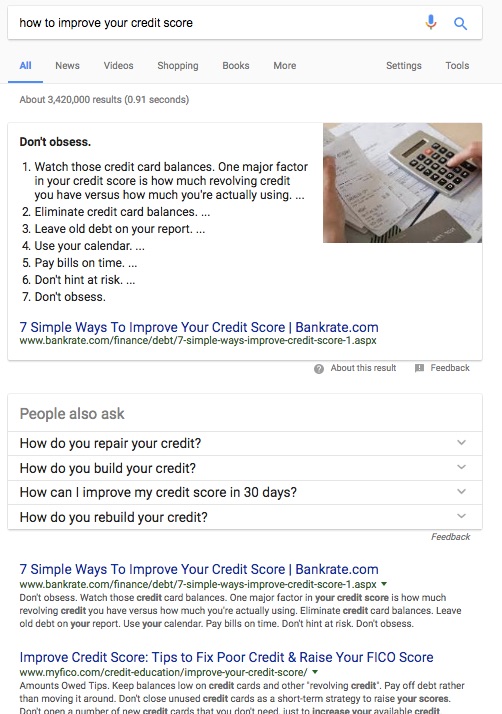
I get similar results as far as appearance, but how relevant are they?
The first link (Bankrate) leads me here:
It’s a long-form article with sections relating to the Knowledge Graph display from the SERPs.
But is it helpful?
I don’t know.
I have to read for a bit.
I might click on a few other links on the site, like the one that leads to a rate calculator.
The more I click around, the more relevant the content becomes. And the more Google sees that it’s meeting my needs.
Sticking around on the page is a good sign.
The more relevant links are in the content itself.
The more value the content provides, the quicker my search query is resolved.
The quicker it’s resolved, the more links clicked, the better the page ranks.
It’s a mutually beneficial relationship.
Here’s one last example to show you how this works.
I just Googled “best project management software.”
The result on top is an ad. The one on the bottom is the first organic result.
Notice the subtle difference:
The ad on top is a software company, Dapulse. They’re great! However, in this ad, they’re claiming themselves to be the “best project management software.”
Now, compare that to the PCMag result. They’re giving the searcher a comparison, as opposed to any one single tool.
Which one do you think does a better job of answering the original search query?
If someone’s looking for “best project management software,” they’re looking for an evaluation of different options.
That’s why the PCMag example is ranked #1. And that’s why Dapulse has to pay to show up on this page.
If you want to rank, your content needs to provide real value, not just clickbait titles or SEO gimmicks.
Focus on answering the primary question.
Understand the intent behind the words people type. Answer the underlying question, and you have a much better shot at ranking near the top.
Conclusion
Google is getting a lot smarter when it comes to processing search results.
This means you have to get smarter with your SEO strategies.
That doesn’t mean just stuffing your site full of keywords. And it’s way more than making sure your site is mobile-friendly.
Those things are important, to a point. However, they’re not the biggest issue at hand.
Instead, think about the human user on the other end of the search bar.
What do they want? What are they searching for? What will answer their questions?
Then build your content around that.
Create posts that anticipate motivations and actually, you know, help people.
That’s the real key to ranking higher with Google. No matter how many algorithm updates pop up over the next decade.
What techniques do you use to create content that better satisfies a searcher’s request?
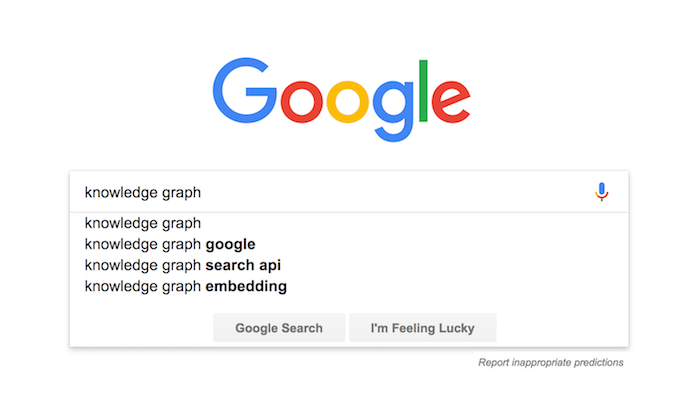

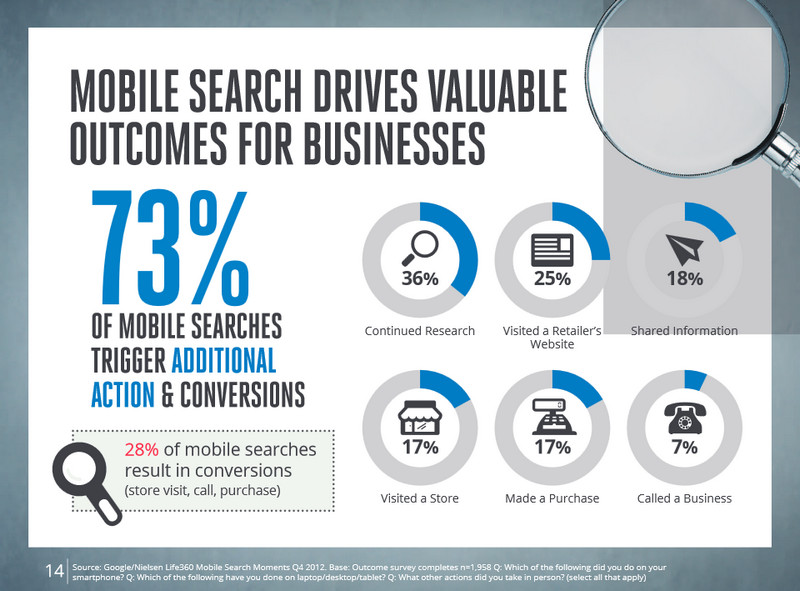
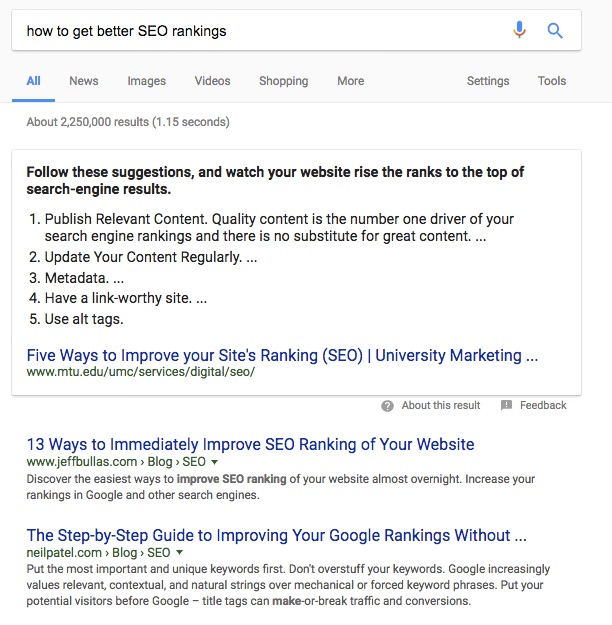
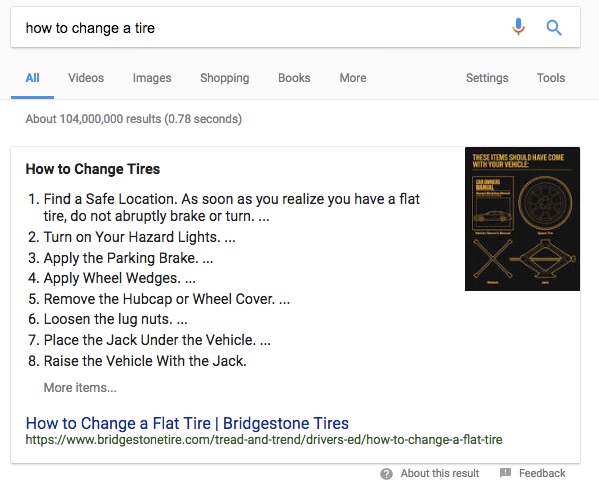
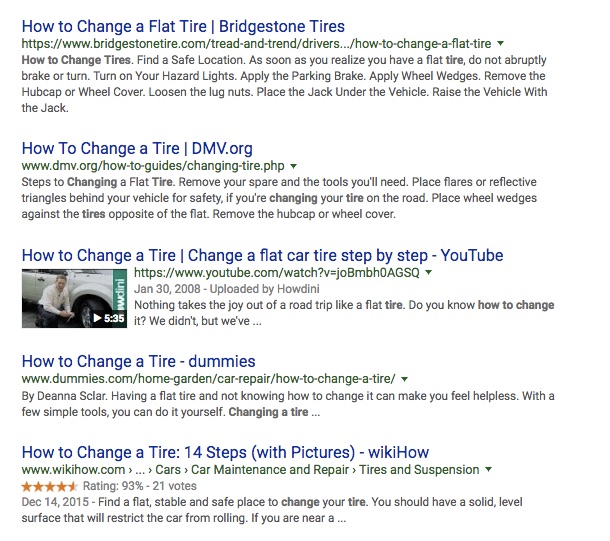

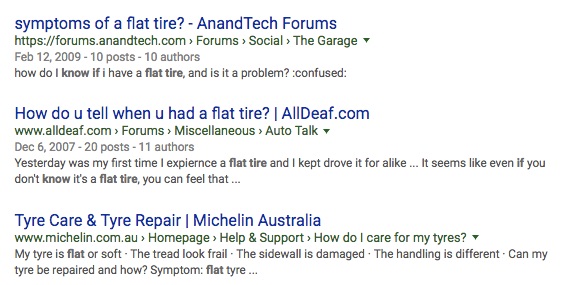

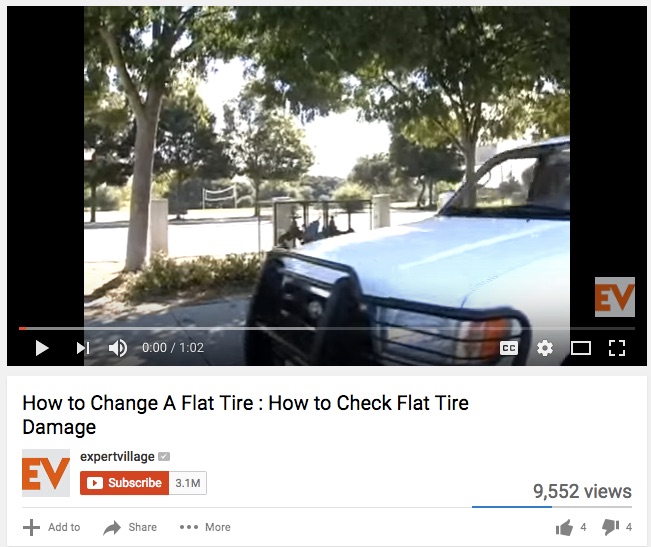


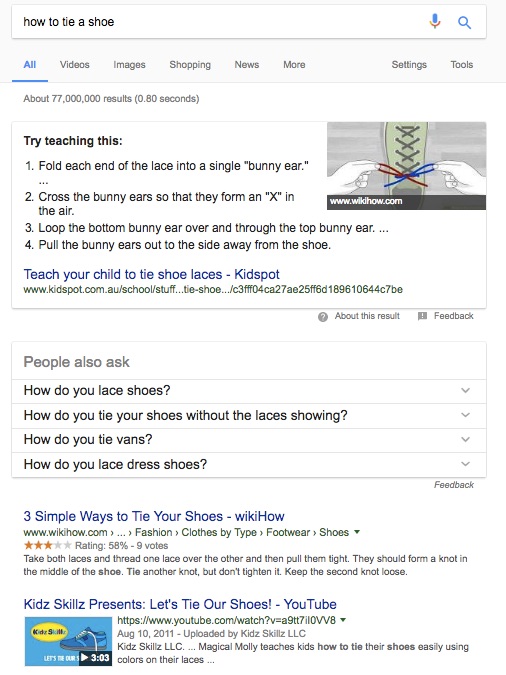
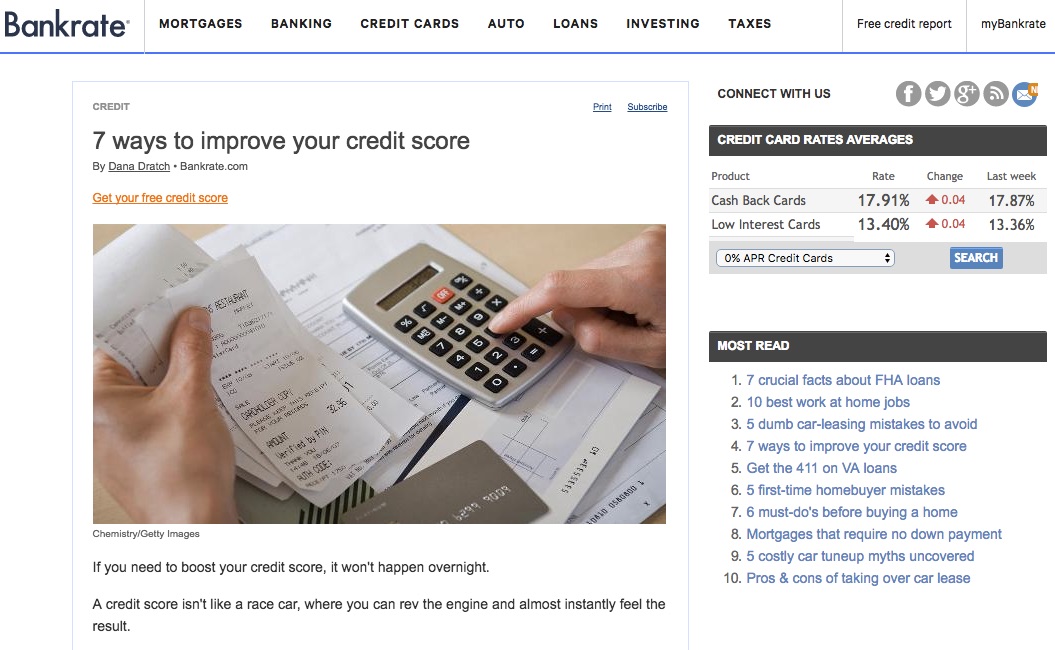


Comments (52)